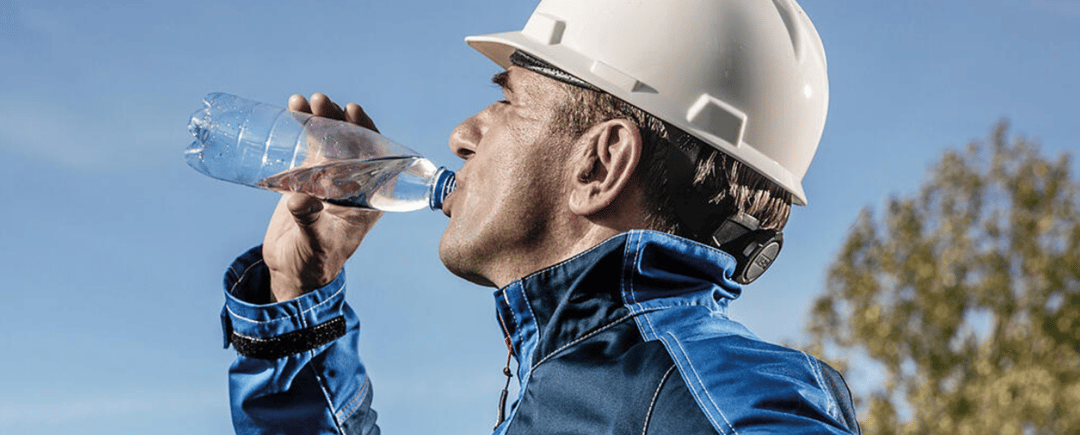Summer is right around the corner. Factories will heat up, and those where machinery and production processes already produce a lot of heat will only get hotter. At any rate, the risks workers face on the floor aren’t going anywhere, so the need to wear protective clothing correctly remains the same. Check out our list of things you can do this summer to make your protective clothing more bearable in the heat.
Safety first; keep your protective clothing on!
Let’s start with safety first. Workers often take their jackets off in warm settings and continue working in their t-shirts (most likely made of cotton), which don’t offer any protection. No matter how hot it gets in your work environment, protective clothing needs to say on properly. Although human error is often the cause of accidents, not correctly wearing protective clothing can be even worse, since there is a high risk of getting an injury in the case of an incident.
Manage the environment
Many companies set procedures to allow people to work in hot temperatures more comfortably. These procedures can vary from changing working hours to improving the ventilation and cooling off the work environment to implementing more breaks and ensuring proper hydration, just to name a few. Safety managers must assess the risks of working in a warm or hot environment and develop company procedures and policies that suit their needs.
Choose comfortable protective clothing
Despite what measures you put in place, working environments often inevitably get warm, usually because of the machinery. Therefore, it’s always best to choose comfortable garments There are two ways to improve the comfort of a clothing item worn in warm environments:
1. Choose a light fabric
The lighter the fabric, the more comfortable it is to wear. Lighter fabrics often have better air permeability, they feel lighter, and heat and moisture can escape or evaporate more easily. Luckily, many protective fabrics now have different weight options while still providing the proper protection against heat, flames, and arc flashes. Protective fabric has become lighter over the years, about 10-20% lighter without compromising safety. Check with your supplier or one of our experts whether it’s possible to improve the weight of your fabric.
2. Choose fibers that have better moisture management properties
Next to lighter fabrics, you can also choose different fiber compositions. Traditionally, cotton is known for being comfortable, but you would never wear cotton shorts playing sports. Cotton absorbs sweat well, and it doesn’t do a great job of letting the sweat evaporate. Cotton shirts get wet and can stay wet for a long time.
An excellent alternative to cotton is lyocell. This is a natural fiber made of wood pulp and has a much lower ecological footprint, as well as absorption and wicking properties that make it an ideal fiber for moisture management. Choosing the right blend of fibers allows you to chive the proper balance between factors like moisture management, colorfastness, tear, and tensile strength, abrasion resistance, and FR (flame resistant) properties.
Climate-specific protective workwear is heating up in popularity
Luckily, there are ways to make it more comfortable to wear protective clothing in warm environments. The right option for you depends on your situation — chat with one of our experts today.





.png?width=399&name=Untitled%20design%20(40).png)


